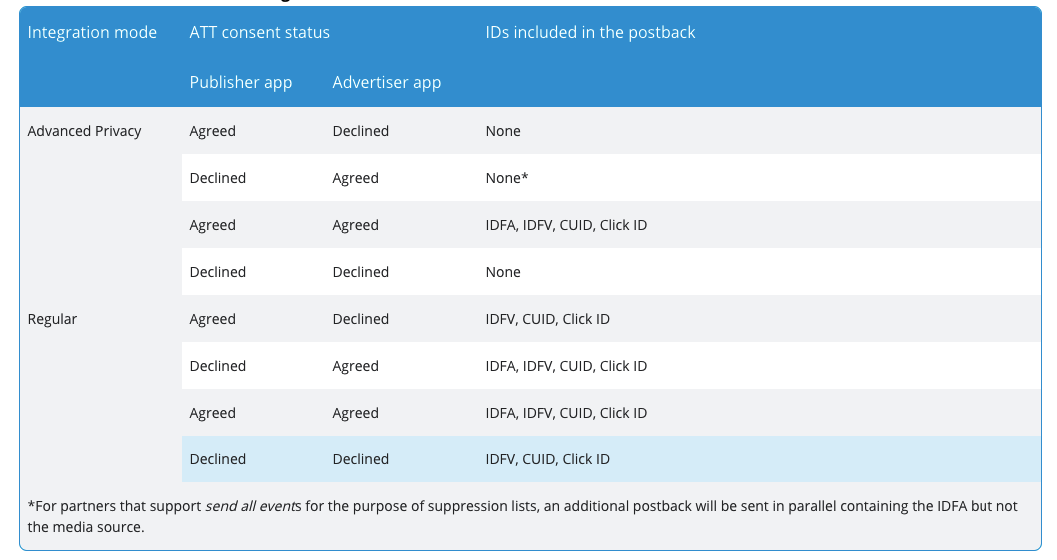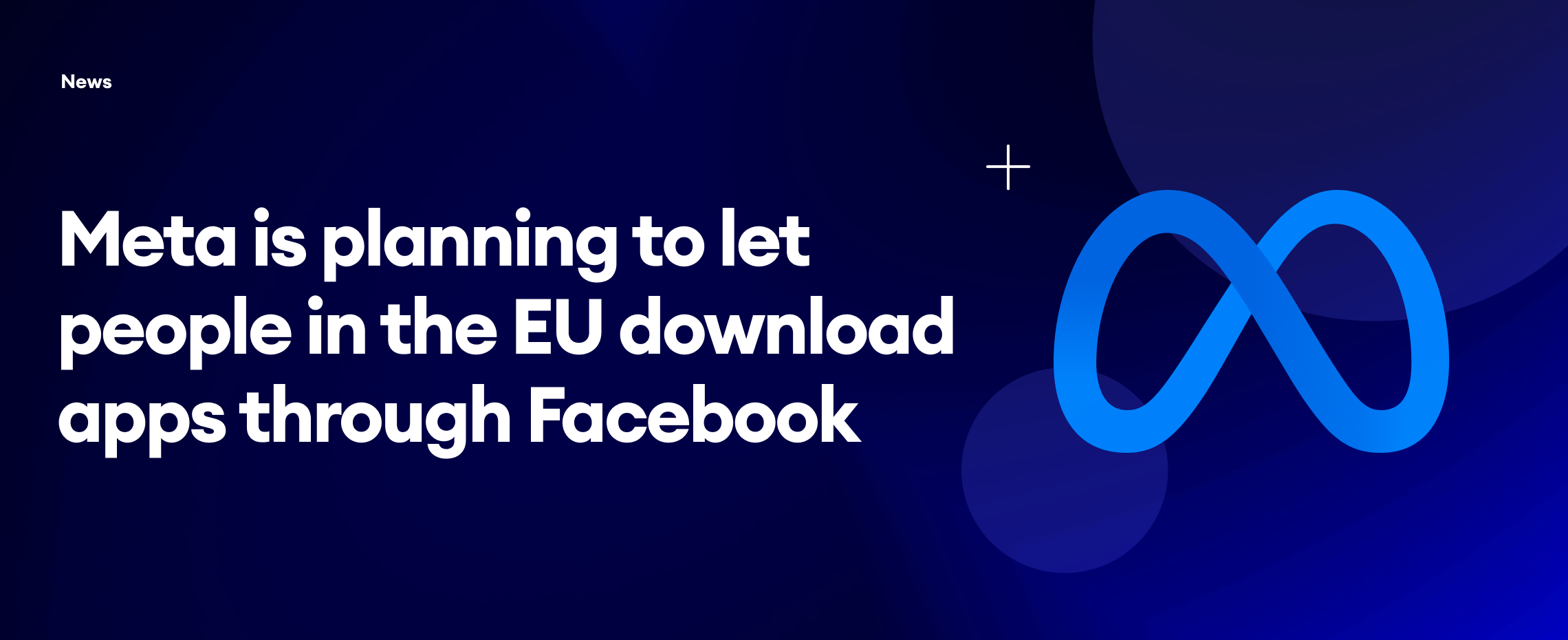Written by
Content Manager
Yulia is a Content Marketer with a love to a great story and an eye to small details. Carrying a voice and delivering an accurate message - that’s what Yulia believes content marketing is for. Looking for thorough research and long-reads? You came to the right person. Her goal is to produce content that educates and entertains, and most importantly, has an impact. Challenges and something that is yet to be explored are her main motivators.
See all articles →
















